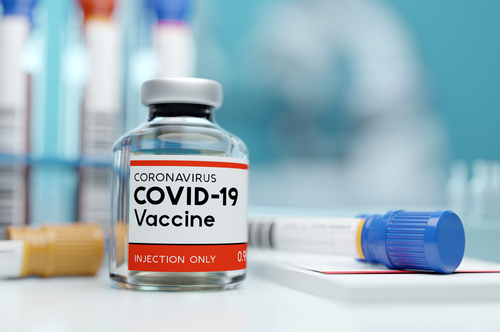Sir — It beats reason that the Indian Council of Medical Research has allegedly set a deadline to some Indian companies to fast-track human trials of some possible coronavirus vaccines so that they can be launched by August 15, to coincide with Independence Day. It is unbelievable how far back the so-called scientific community is ready to bend in order to please the political masters. An internal communication apparently read, “Kindly note that non-compliance will be viewed very seriously. Therefore, you are advised to treat this project on highest priority and meet the given timelines without any lapse.” Unfortunately, the virus , unlike India’s pliant institutions, is not afraid of the consequences of “non-compliance”. The development of a vaccine cannot be rushed. Human trials, if conducted hastily, will not just raise doubts about the actual efficacy of the drug produced but also pose a risk to those people on whom the new drug is being tried.
The government’s handling of the coronavirus crisis has been a disaster right from the start. First, it announced a lockdown without any notice, leaving thousands of people — mostly poor migrants without any jobs — stranded. Then, the lockdown was lifted just as suddenly and haphazardly and all hell broke loose with people stepping out of their houses in droves and not caring to follow safety measures such as wearing masks — it is a common sight on the streets to see people without masks these days. Further, even though the number of coronavirus infections is rising by almost 20,000 cases every day, the government still denies that India is in the community transmission phase. Add to this the latest deadline to produce a vaccine by August 15 — it is difficult not to connect this with the prime minister’s need for optics — and it becomes clear that India is headed towards a calamity of its own making. The worst part is that it is the poor who cannot afford private healthcare facilities and for whom the overburdened public healthcare system has no place that will suffer because of such misadventures.
Aditya Bannerjee,
Gurgaon
Sir — How can a vaccine that has been approved for human trials on June 29 be launched by August 15? More so when the expected duration of a human clinical trial, according to the government’s official clinical trial registry, is one year and three months. This improbable timeline that the ICMR has allegedly set for the launch of Covaxin — developed jointly by the Hyderabad-based private company, Bharat Biotech, and the ICMR — will make India the laughing stock of the world. First, if the vaccine is indeed launched by August 15, its effectiveness will be questionable. This means that if the vaccine fails, thousands of people will be at risk, not only from the virus but also from possible side-effects of the vaccine that could manifest in the long term.
Reportedly, many of the institutions involved in developing this vaccine have not yet received clearance from the ethics committee — this is mandatory — to conduct human clinical trials. As such, one is forced to ask who exactly the candidates for the human clinical trials will be. Will it be the poor, desperate for money in a cash-strapped, jobless economy? Without a clearance from the ethics committee, anyone participating in a trial will be doing so illegally and as such will be outside the protective medical net that is provided in case the drug has unintended adverse effects. Who, then, will take responsibility for the lives put at risk just so that the State can make a big nationalistic show on Independence Day?
Rima Roy,
Calcutta
Scratch the surface
Sir — It is now a truth universally acknowledged that Indians are masters of ‘jugaad’ — resourcefulness that helps people overcome adversities by coming up with innovative solutions. The latest instance of this is a teacher who fashioned a tripod with a chair and a clothes hanger to film her classes. What one does not realize — or wilfully overlooks — while celebrating this spirit of resourcefulness is that it is often the result of extreme poverty and governmental incompetence. Should a teacher have to create such a device for students, how many of her students will be able to access the video?
Roshni Sen,
Calcutta

